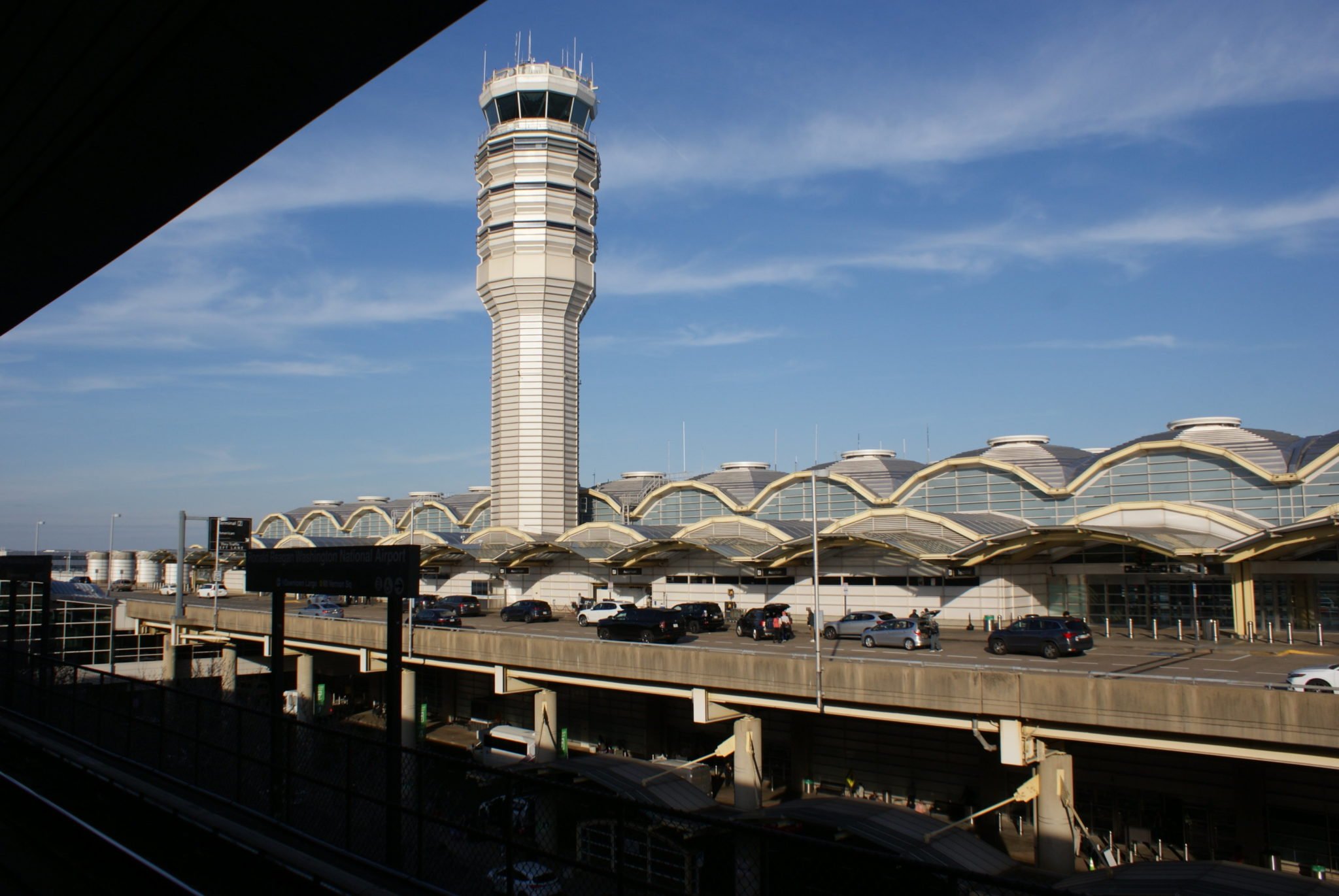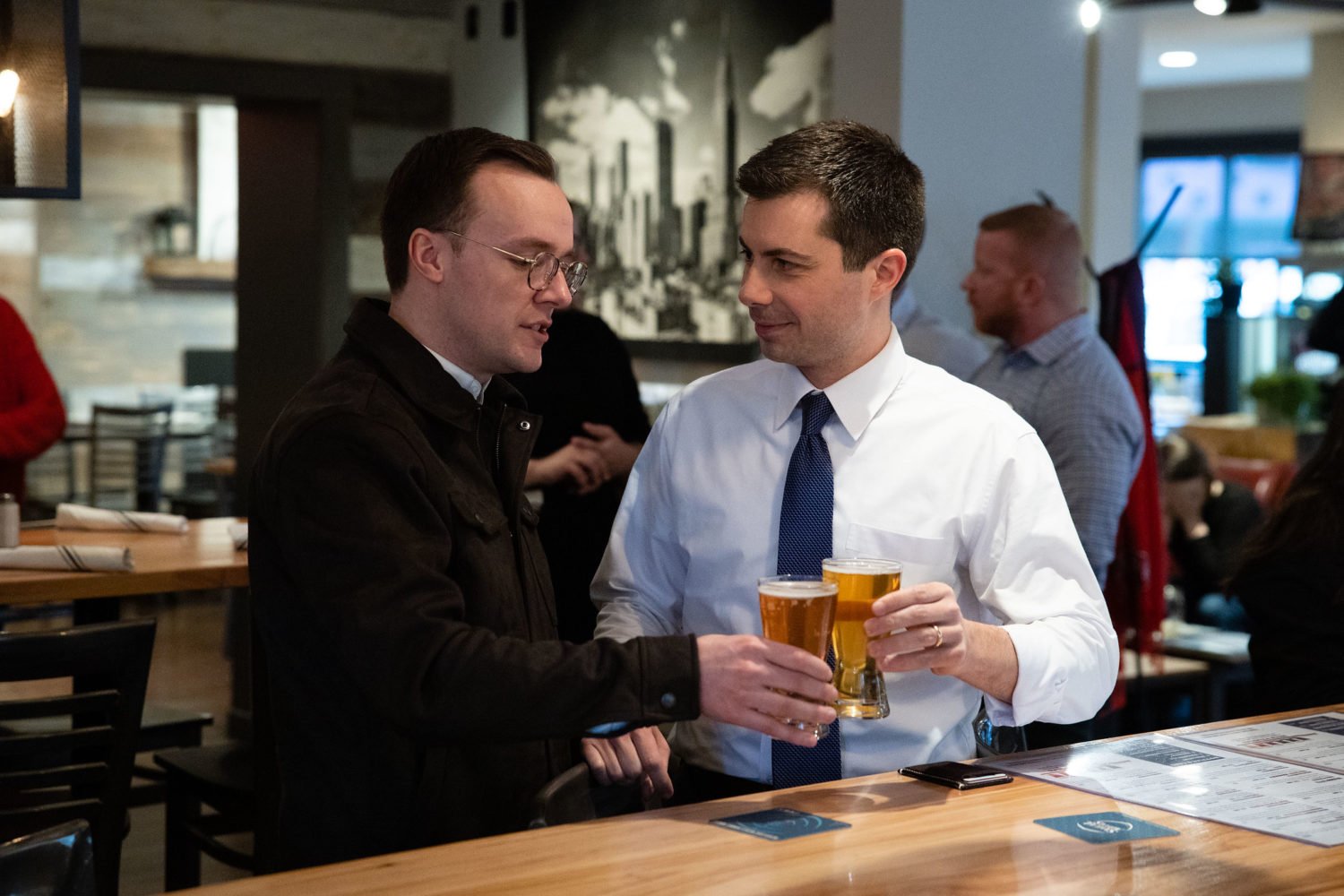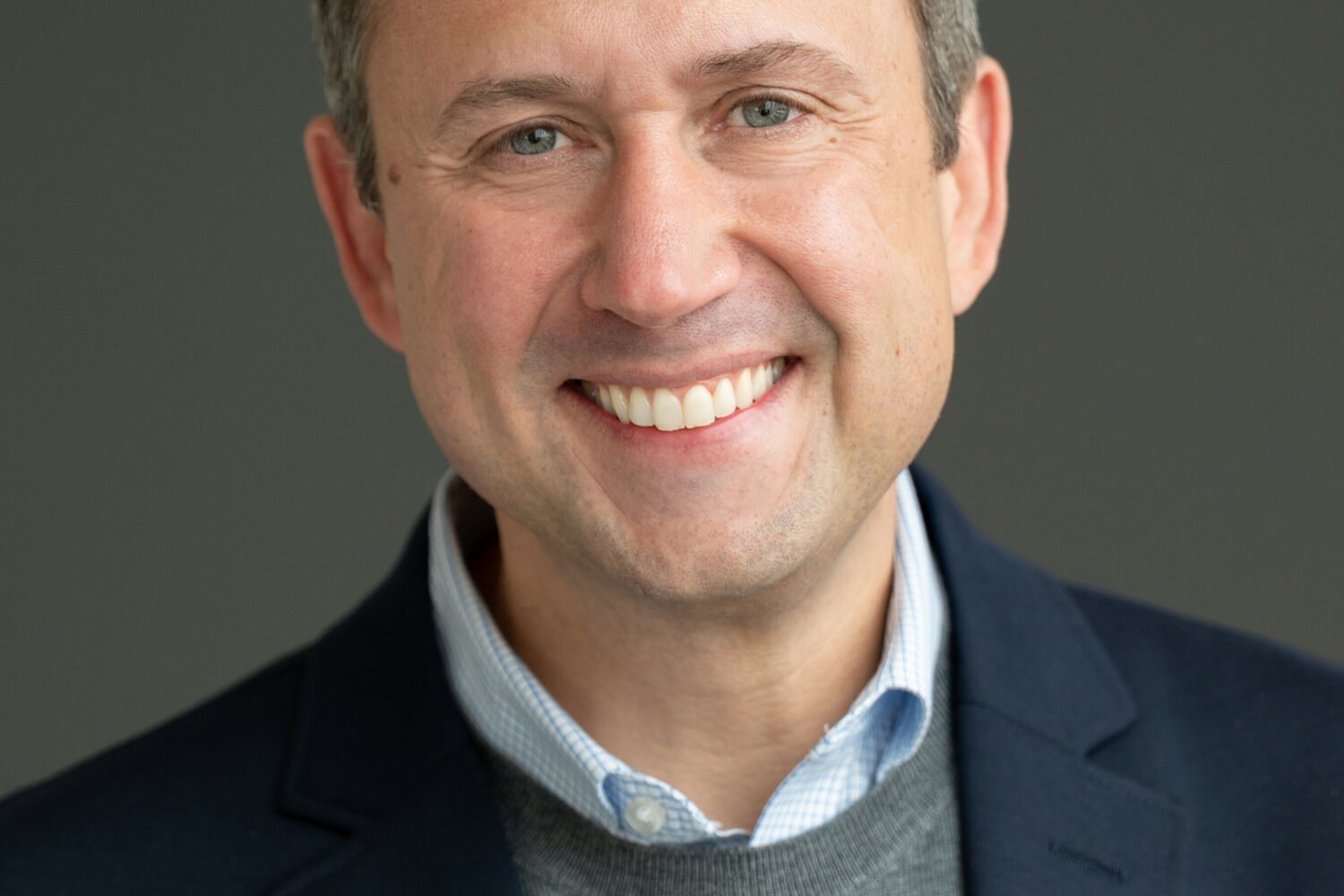The skies over Northwest DC are a lot quieter now, thanks to a July rule change by the Federal Aviation Administration, first reported by Axios D.C., that changes the routes airplanes take on their way to Ronald Reagan Washington National Airport.
Since a 2015 change in FAA policy, some residents of neighborhoods alongside the Potomac River had found themselves beleaguered by plane noise, says Ken Buckley, a resident of Palisades who had long tracked the noise pollution and has worked with the FAA to develop its new landing procedure.
“I’ve had people call me just beside themselves because they can’t have conversations in their backyard, can’t leave the window open,” Buckley says. “It affects their own sleep patterns, their kids’ sleep patterns.”
Typically, pilots flying into National’s Runway 19 use the visual guidance of the parallel Potomac River to plan their landing. But in low-visibility conditions, they’re forced to resort to radio signals—or, in modern times, navigation software—to help them land at DCA.
In 2015, the FAA introduced a program called NextGen, which aimed to consolidate flight paths as well as modernize navigation systems. Yet many older airplanes still use the old radio system, Buckley says. And, thanks to NextGen’s narrowing of flight routes, those older planes began to fly over his home more frequently.
“Each instance of noise didn’t increase, but the repetitiveness increased,” Buckley says.
The cacophony inspired Buckley, a retired associate director with the Federal Reserve who’s called the Palisades home since 2008, to trade in his economic policy portfolio for an aviation one in his free time. He launched a website, Planes Over the Palisades, to track the din, with the tagline “For certain: Death – Taxes – Airplane Noise.”
He wasn’t the only one to notice. One household in Foxhall Village famously filed 6,852 noise complaints with the FAA in the year 2015 alone—the same year the FAA launched NextGen. And, in 2023, Prince George’s County, in partnership with Fairfax County and Alexandria, launched a study on DCA noise pollution.
So, in 2018, Buckley joined the Reagan National Community Noise Working Group, a committee of residents from DC, Maryland, and Virginia, as well as FAA and airline representatives, in search of a solution.
In a statement to Washingtonian, an FAA spokesperson says the agency had “worked with the local community and aviation stakeholders to develop a new Area Navigation GPS approach procedure to Runway 19 at Ronald Reagan Washington National Airport.”
“The FAA continuously works to help reduce the number of people exposed to aviation noise in communities around airports,” the statement reads. “If a community is concerned about aircraft noise, the best course of action is to contact their local aviation community roundtable or airport operator.”
Indeed, the working group pooled money to hire aviation industry professionals, who developed a new flight path—hewing more closely to the Potomac and avoiding neighborhoods nearby—that could still be used by older planes in inclement weather, increasing flight time by only about 52 seconds, according to Buckley.
The new flight procedure, implemented in July, applies only to arriving planes; the working group’s models couldn’t figure out a new flight path for departures that significantly reduced noise pollution before it ran out of money, Buckley says.
But, Buckley adds, he’s noticed a marked decrease in the racket in the month since the FAA rolled out the new route. His next step, he says, is to work with the agency to create a quieter southbound route, as well as to get them to further study the effects of noise pollution—besides being annoying, of course.
“We hope they’ll view this as a move forward in our noise policies…to do some studies over a long term that tries to identify what types of problems airplane noise is causing,” Buckley says.


















